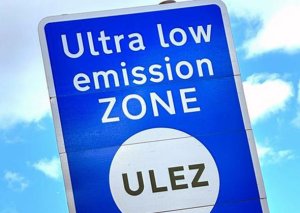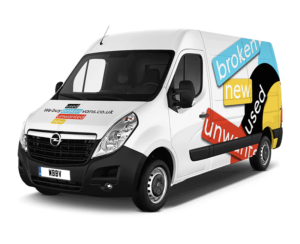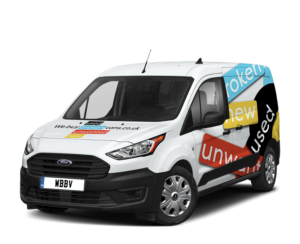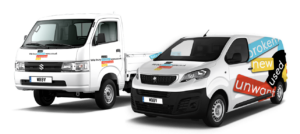 Introduction
Introduction
The Ultra Low Emission Zone (ULEZ) is more than just a policy to improve air quality; it’s a catalyst for change in urban transportation. One of the most significant impacts of ULEZ has been its role in accelerating the transition to electric vehicles (EVs). By setting stringent emissions standards and offering various incentives, ULEZ encourages drivers to switch to cleaner, greener alternatives. This article explores how ULEZ is driving the adoption of EVs and the broader implications of this shift.
ULEZ Standards and EVs
ULEZ standards are clear: if your vehicle doesn’t meet the required emissions criteria, you’re going to pay. Petrol cars need to meet Euro 4 standards, while diesel cars must meet Euro 6 standards. Electric vehicles, however, are completely exempt from these charges. This exemption is a powerful incentive for drivers to switch to EVs. Not only do they avoid the daily fees, but they also contribute to reducing urban air pollution. By making non-compliant vehicles financially burdensome to operate, ULEZ effectively nudges people towards electric alternatives.
Incentives for EV Adoption
In addition to avoiding ULEZ charges, there are numerous incentives to adopt EVs. Governments offer financial subsidies, tax benefits, and grants to lower the upfront costs of purchasing an electric vehicle. For instance, the UK government’s Plug-In Car Grant provides significant discounts on eligible EVs. There are also tax benefits, such as lower company car tax rates for EVs. Local incentives include free or discounted parking and exemption from congestion charges. These incentives make the financial case for switching to an EV much more compelling.
Impact on EV Sales
Since the introduction of ULEZ, there has been a notable increase in EV sales. Data shows a surge in the number of electric vehicles registered in London and other cities with similar low emission zones. This trend is not only driven by individual consumers but also by businesses updating their fleets to comply with ULEZ standards. The growth in EV sales demonstrates a market shift, indicating that policies like ULEZ are effective in promoting cleaner transportation options.
Infrastructure Development
The rise in EV adoption necessitates robust infrastructure to support it. In response to ULEZ, there has been significant development in EV infrastructure, particularly the installation of charging stations. London has seen a rapid expansion of its charging network, with thousands of public charging points now available across the city. Fast chargers, which can recharge a vehicle in a fraction of the time compared to standard chargers, are becoming more common. This growing network of charging stations is critical to alleviating range anxiety and making EVs a more viable option for everyday use.
Case Studies
Take the example of a small logistics company based in Central London. Faced with the prospect of daily ULEZ charges for their diesel vans, the company decided to transition to a fleet of electric vehicles. While the initial investment was substantial, they quickly realized savings in fuel and maintenance costs. Moreover, their green initiative attracted new clients who value sustainability. On an individual level, many city dwellers have made the switch to EVs to avoid ULEZ charges and take advantage of lower operating costs and environmental benefits.
Environmental Benefits
The environmental benefits of increased EV adoption are significant. EVs produce zero tailpipe emissions, which means they don’t emit pollutants like nitrogen oxides (NOx) and particulate matter (PM) that contribute to poor air quality and respiratory problems. Additionally, EVs are more energy-efficient and, when charged with renewable energy, can significantly reduce greenhouse gas emissions. The widespread adoption of EVs, spurred by ULEZ, is a crucial step towards meeting climate targets and creating healthier urban environments.
Challenges to EV Adoption
Despite the clear benefits, there are still challenges to widespread EV adoption. The high upfront cost of electric vehicles remains a barrier for many consumers, even with subsidies and incentives. Additionally, while the charging infrastructure is growing, it is not yet as ubiquitous or reliable as the network of petrol stations. Range anxiety – the fear of running out of battery power before reaching a charging station – is another concern. Addressing these challenges requires continued investment in technology, infrastructure, and public awareness.
Conclusion
ULEZ has been a powerful driver in the transition to electric vehicles, illustrating how policy can influence market behavior and environmental outcomes. By setting stringent emissions standards and offering various incentives, ULEZ encourages drivers to switch to EVs, leading to increased sales, improved infrastructure, and significant environmental benefits. However, to fully realize the potential of this shift, further measures are needed to address the remaining challenges, such as reducing upfront costs and expanding the charging network. The transition to EVs is a critical component of urban sustainability, and policies like ULEZ are paving the way for a cleaner, greener future.




